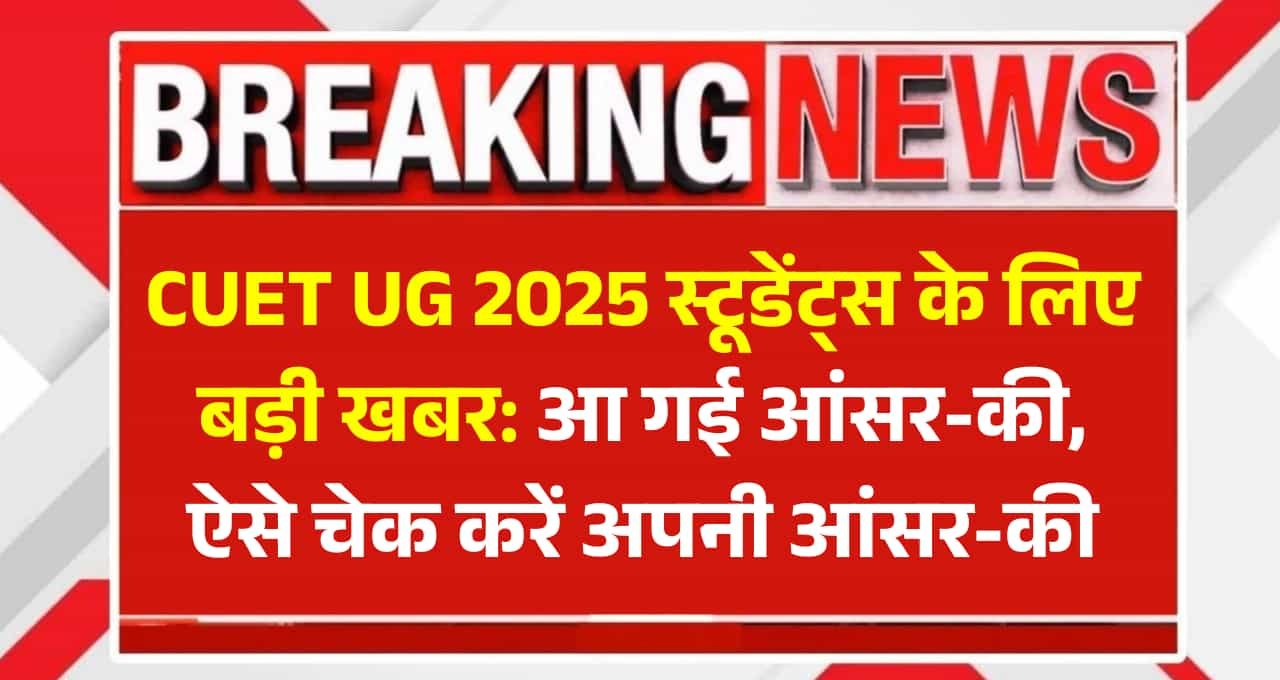Lincoln Wheat Penny Value: In the world of coin collecting, the Lincoln Wheat Penny holds a revered spot, not only for its historical significance but also for its potential value. These pennies, first minted in 1909, have become a symbol of American numismatics and a treasure trove for collectors. But what if one of these seemingly ordinary pennies in your pocket change could be worth as much as $100,000? It’s more common than you might think, and knowing what to look for can make all the difference in striking it rich with your spare change.
Table of Contents
Toggle
Understanding the Lincoln Wheat Penny
A Lincoln Wheat Penny, also known as a Wheat Cent, is a one-cent coin that was produced by the United States Mint from 1909 to 1958. These coins feature the bust of President Abraham Lincoln on the obverse side, while the reverse showcases two wheat stalks, which give the coin its nickname. Designed by Victor David Brenner, the Lincoln Wheat Penny was introduced to commemorate Lincoln’s 100th birthday, and it was the first U.S. coin to feature a president’s image.
- The Lincoln Wheat Penny was minted in Philadelphia, Denver, and San Francisco.
- The most valuable versions are typically from the early years of production or have unique errors.
- Some Lincoln Wheat Pennies are made from steel due to copper shortages during World War II.
- The 1943 copper penny is one of the most famous error coins, and it’s worth a small fortune.
Key Features to Identify a Lincoln Wheat Penny
Spotting a valuable Lincoln Wheat Penny requires attention to detail. While all Wheat Pennies have the same basic design, subtle differences can significantly affect their value. These differences can include the year of minting, mint mark location, and possible minting errors. Knowing these details can help you quickly identify if your penny is worth more than its face value.
- Check the date: The earliest years, such as 1909 and 1914, are particularly valuable.
- Look for mint marks: The letters D (Denver) and S (San Francisco) add to the coin’s rarity.
- Examine for errors: Double die errors or misstrikes are highly sought after.
- Condition matters: Coins in mint condition or with fewer blemishes are more valuable.
Top Lincoln Wheat Penny Rarities
Collectors often seek out specific Lincoln Wheat Pennies that are known for their rarity and value. These coins have become legendary in the numismatic community, often fetching high prices at auctions. Whether it’s due to a rare minting year, a limited number of coins produced, or unique errors, these pennies are considered the crown jewels of any collection.

Rare Lincoln Wheat Penny Valued at $250,000 – Could You Be Holding One?
| Year | Mint Mark | Estimated Value | Rarity | Key Feature | Material | Minted | Location |
|---|---|---|---|---|---|---|---|
| 1909 | S | $400+ | High | First issue | Copper | 484,000 | San Francisco |
| 1914 | D | $2000+ | Very High | Low mintage | Copper | 1,193,000 | Denver |
| 1922 | No D | $700+ | High | Missing mintmark | Copper | Unknown | Denver |
| 1943 | Copper | $100,000+ | Exceptional | Error coin | Copper | 20 | All |
| 1955 | DDO | $1,500+ | High | Double die error | Copper | Unknown | Philadelphia |
| 1931 | S | $100+ | Medium | Low mintage | Copper | 866,000 | San Francisco |
| 1944 | Steel | $75,000+ | Exceptional | Error coin | Steel | 30 | All |
| 1909 | VDB | $800+ | High | Designer initials on reverse | Copper | 27,995,000 | Philadelphia |
Factors Affecting Lincoln Wheat Penny Value
The value of a Lincoln Wheat Penny is influenced by several factors, including its condition, rarity, and historical significance. Coins in excellent condition, known as “mint state,” are more valuable than those that have seen wear and tear. Additionally, coins with historical errors or those minted in limited numbers tend to command higher prices due to their scarcity.
- Condition: The penny’s grade can range from Good to Mint State.
- Rarity: Coins with low mintage numbers are more desirable.
- Market Demand: Trends in collecting can affect value.
- Historical Significance: Coins tied to historical events or errors are more valuable.
- Provenance: A coin’s ownership history can add prestige.
How to Assess Your Lincoln Wheat Penny
Evaluating the value of your Lincoln Wheat Penny requires careful examination and sometimes the expertise of a professional. Start by examining the coin under good lighting and a magnifying glass to spot any unique features or errors. Collectors use a grading scale to determine a coin’s condition, ranging from Poor to Mint State. If you’re unsure about your coin’s value, consider consulting with a numismatist or a reputable coin dealer who can provide an accurate appraisal.
| Grade | Description | Value Impact | Rarity |
|---|---|---|---|
| Poor | Heavily worn, date may be illegible | Low | Common |
| Good | Worn but date and major details visible | Moderate | Common |
| Fine | Moderate wear, all details visible | Higher | Less common |
| Very Fine | Light wear, sharp details | High | Uncommon |
| Extremely Fine | Very light wear, near perfect details | Very High | Rare |
| Mint State | No wear, pristine condition | Maximum | Very rare |
| Proof | Specially minted, mirror-like finish | Exceptional | Extremely rare |
Lincoln Wheat Penny Collecting Tips
Collecting Lincoln Wheat Pennies can be a rewarding hobby, but it requires patience and knowledge. Start by building a basic collection of common dates and then gradually seek out rarer pieces. Keep your coins in a safe and controlled environment to prevent damage. Collecting by date and mint mark can be an exciting way to complete a set and increase your collection’s value over time.
- Start Small: Begin with common years to build experience.
- Invest in Tools: A magnifying glass and coin book are essential.
- Store Properly: Use coin holders or albums to prevent damage.
- Network: Join coin clubs or online forums for advice.
Spotting Fake Lincoln Wheat Pennies
- Be aware of altered dates or mint marks.
- Check the coin’s weight and dimensions.
- Seek professional authentication for high-value coins.
Where to Sell Your Lincoln Wheat Penny
Once you’ve identified a valuable Lincoln Wheat Penny, selling it requires careful consideration to ensure you get the best price. Options include online auction platforms, coin shops, or coin shows, where collectors gather to buy and sell. Research the market to understand the current demand and price range for your specific coin before selling.

The Lincoln Wheat Penny Valued at $33K, Still in Circulation – Check Your Change Now
- Online Auctions: Ebay and Heritage Auctions are popular.
- Coin Shops: Local dealers can offer immediate sales.
- Coin Shows: Meet buyers face-to-face for negotiations.
Enhancing Your Lincoln Wheat Penny Collection
- Consider adding proof coins for unique finishes.
- Look for error coins to expand rarity.
- Focus on completing date and mint mark sets.
Lincoln Wheat Penny FAQs
What makes a Lincoln Wheat Penny valuable?
Factors like rarity, condition, historical significance, and minting errors contribute to a penny’s value.
How can I tell if my 1943 penny is valuable?
Check if it is made of copper instead of steel, which would make it exceptionally rare and valuable.
Where is the best place to sell my rare penny?
Online auction sites, reputable coin dealers, and coin shows are ideal venues for selling rare coins.
Do all old pennies have value?
Not all old pennies are valuable, but those with specific features or minting errors can be worth more.
How do I protect my coin collection?
Store coins in a climate-controlled environment, use protective holders, and handle them minimally to preserve their condition.
Disclaimer: This article is written for general informational purposes only. Please get the latest and accurate information from the official website.










